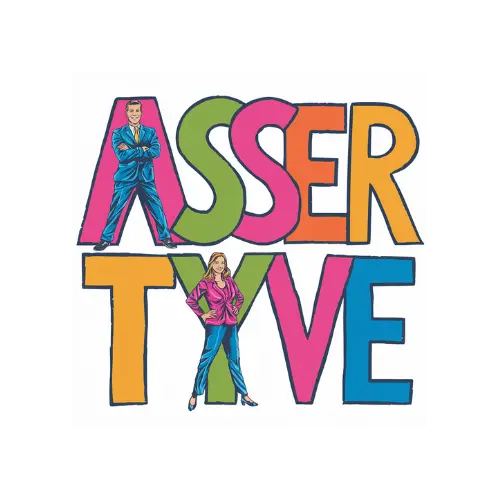What is Distributive Negotiation Strategy?
A distributive negotiation strategy is a type of negotiation approach that involves distributing limited resources or values to achieve a mutually beneficial agreement. This strategy is often used in competitive business environments where parties have conflicting interests and limited resources. In a distributive negotiation, each party tries to maximize their gains while minimizing their losses. The goal is to reach a deal that satisfies both parties’ interests, but not necessarily equally.
The distributive negotiation strategy is commonly used in sales, procurement, and real estate transactions. For instance, in a sales negotiation, the buyer and seller may engage in a distributive negotiation to agree on a price. The buyer may try to negotiate a lower price, while the seller may try to maintain a higher price. Through a series of concessions and counter-offers, they may reach a mutually acceptable price.
Characteristics of Distributive Negotiation Strategy
A distributive negotiation strategy is characterized by several key features:
Competing Interests
In a distributive negotiation, parties have competing interests and goals. Each party tries to achieve their objectives while preventing the other party from achieving theirs.
Limited Resources
Distributive negotiations often involve limited resources, such as time, money, or inventory. Parties must negotiate to allocate these resources in a way that satisfies their interests.
Win-Lose Mentality
Distributive negotiations often involve a win-lose mentality, where one party’s gain is the other party’s loss. This approach can lead to a competitive and adversarial negotiation environment.
Concessions and Counter-Offers
Distributive negotiations involve a series of concessions and counter-offers. Parties make offers and concessions to reach a mutually acceptable agreement.
Advantages of Distributive Negotiation Strategy
The distributive negotiation strategy has several advantages:
Time-Efficient
Distributive negotiations can be time-efficient, as parties focus on reaching a deal quickly rather than building a long-term relationship.
Simple to Implement
The distributive negotiation strategy is simple to implement, as it involves a straightforward give-and-take approach.
Suitable for Competitive Environments
Distributive negotiations are well-suited for competitive business environments, where parties have conflicting interests and limited resources.
Disadvantages of Distributive Negotiation Strategy
However, the distributive negotiation strategy also has some disadvantages:
Adversarial Environment
Distributive negotiations can create an adversarial environment, where parties are pitted against each other.
Limited Creativity
The distributive negotiation strategy can limit creativity, as parties focus on dividing a fixed pie rather than exploring new solutions.
Damage to Relationships
Distributive negotiations can damage relationships, as parties may engage in competitive tactics and make concessions that compromise their interests.
Examples of Distributive Negotiation Strategy
Here are some examples of distributive negotiation strategy in action:
Salary Negotiation
In a salary negotiation, an employee may use a distributive negotiation strategy to negotiate a higher salary. The employee may make a high initial offer, and the employer may counter with a lower offer. Through a series of concessions and counter-offers, they may reach a mutually acceptable salary.
Real Estate Negotiation
In a real estate negotiation, a buyer and seller may engage in a distributive negotiation to agree on a price. The buyer may make a low initial offer, and the seller may counter with a higher offer. Through a series of concessions and counter-offers, they may reach a mutually acceptable price.
Best Practices for Distributive Negotiation Strategy
To succeed in distributive negotiations, follow these best practices:
Prepare Thoroughly
Prepare thoroughly by researching the market, understanding the other party’s interests, and setting clear goals.
Make a Strong Initial Offer
Make a strong initial offer that sets the tone for the negotiation.
Be Flexible
Be flexible and willing to make concessions to reach a mutually acceptable agreement.
Use Time to Your Advantage
Use time to your advantage by taking breaks, delaying responses, and creating a sense of urgency.
Look for Creative Solutions
Look for creative solutions that satisfy both parties’ interests.
FAQ
What is the main goal of distributive negotiation strategy?
The main goal of distributive negotiation strategy is to reach a mutually beneficial agreement by distributing limited resources or values.
Is distributive negotiation strategy suitable for all types of negotiations?
No, distributive negotiation strategy is not suitable for all types of negotiations. It is best used in competitive business environments where parties have conflicting interests and limited resources.
What are the advantages of distributive negotiation strategy?
The advantages of distributive negotiation strategy include time-efficiency, simplicity, and suitability for competitive environments.
What are the disadvantages of distributive negotiation strategy?
The disadvantages of distributive negotiation strategy include creating an adversarial environment, limiting creativity, and damaging relationships.
Conclusion
In conclusion, the distributive negotiation strategy is a powerful approach to reaching mutually beneficial agreements in competitive business environments. By understanding the characteristics, advantages, and disadvantages of this strategy, you can use it to achieve your goals and win deals. Remember to prepare thoroughly, make a strong initial offer, be flexible, use time to your advantage, and look for creative solutions to succeed in distributive negotiations.







Leave a Reply